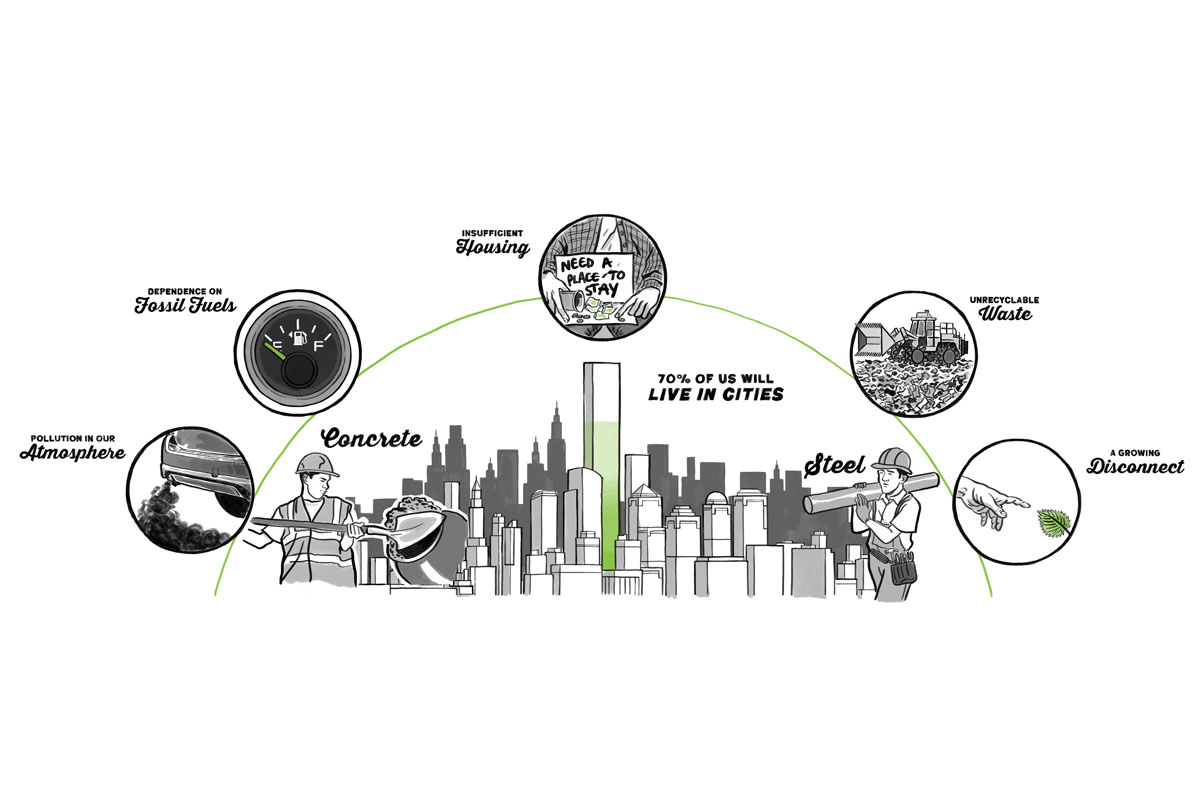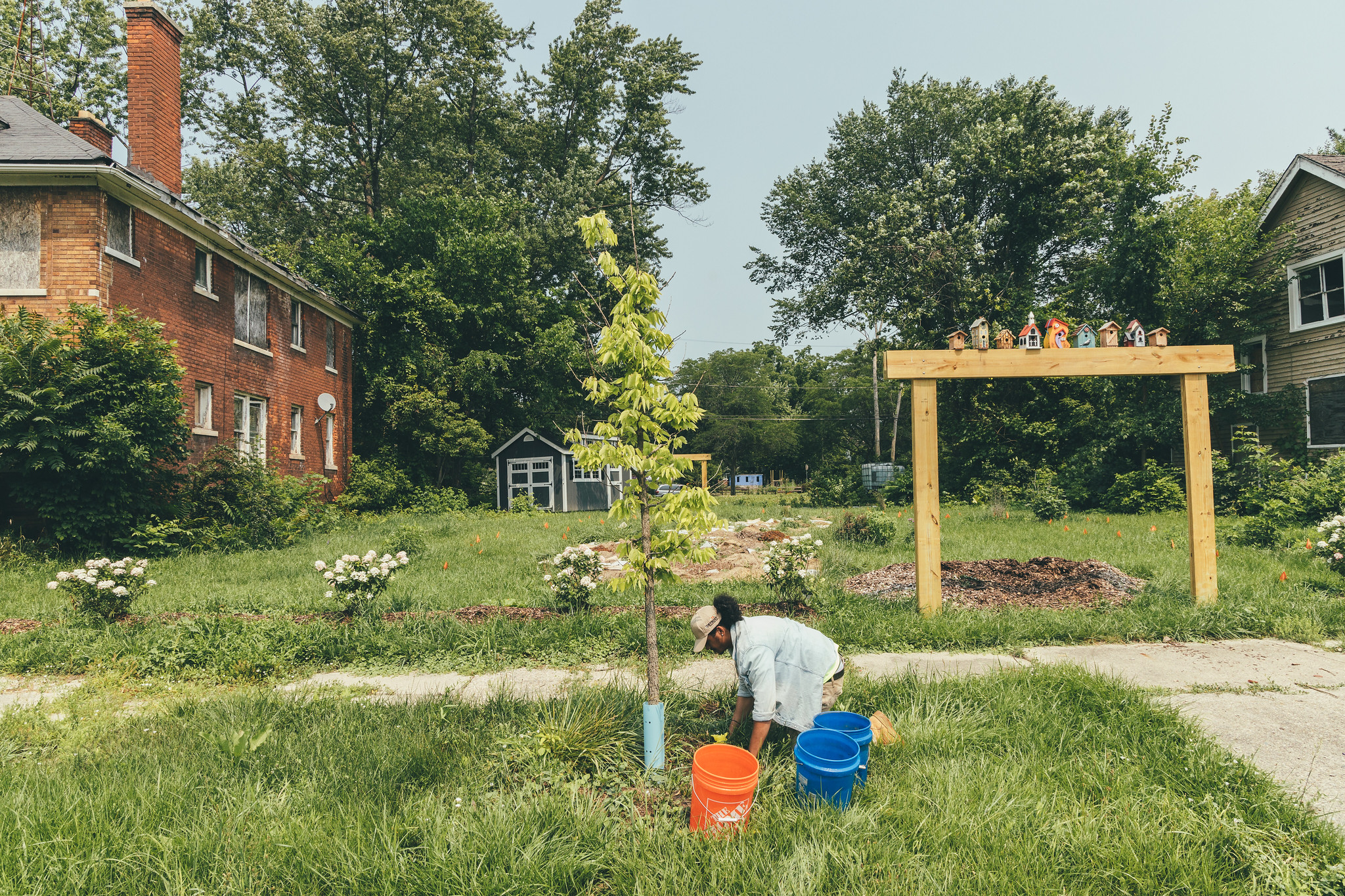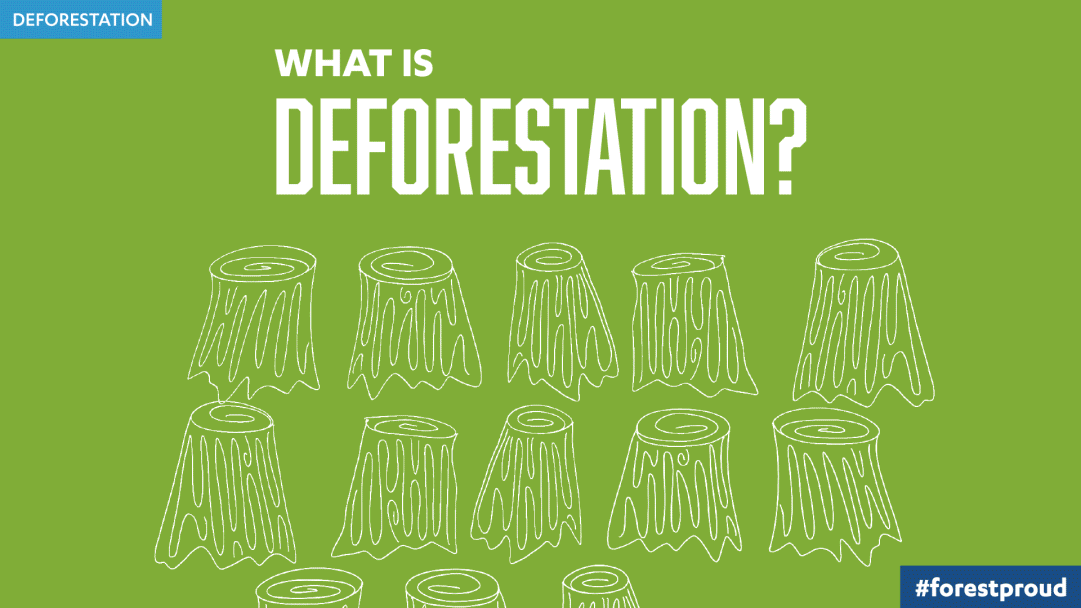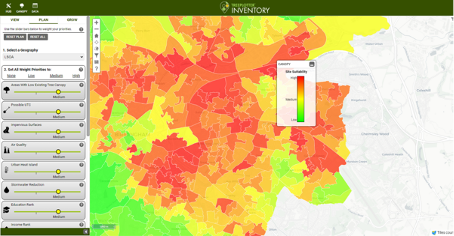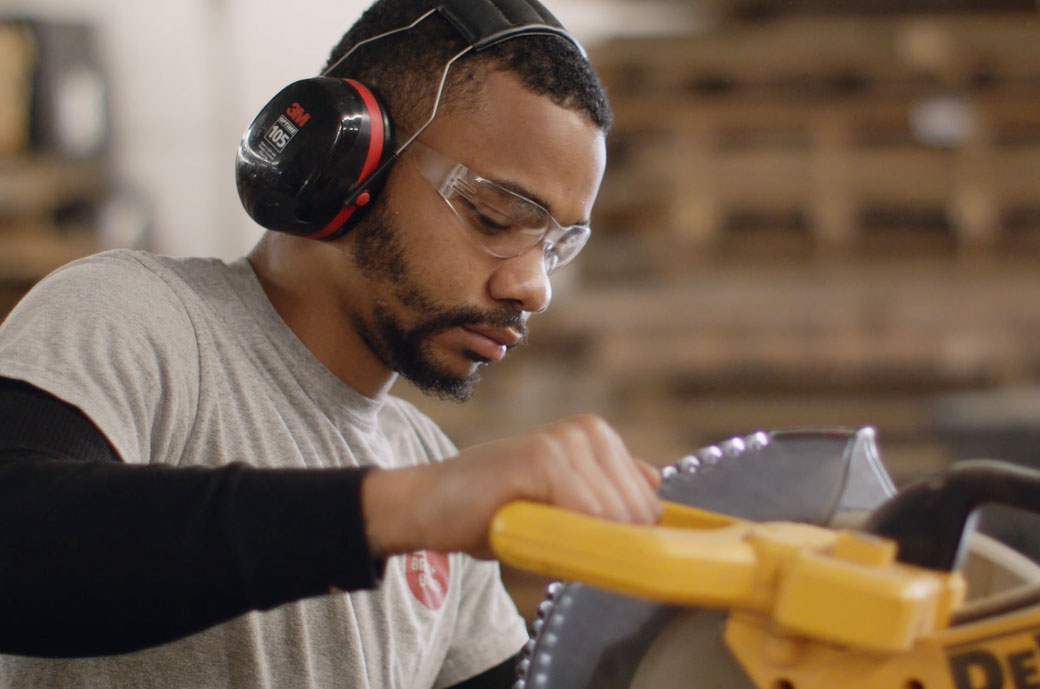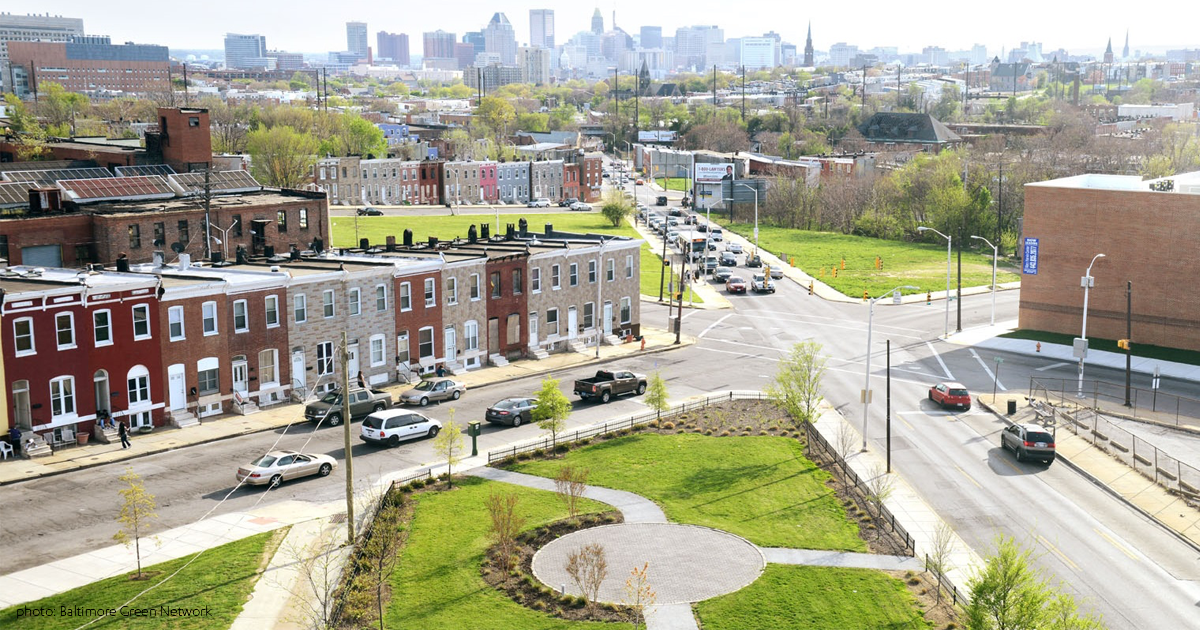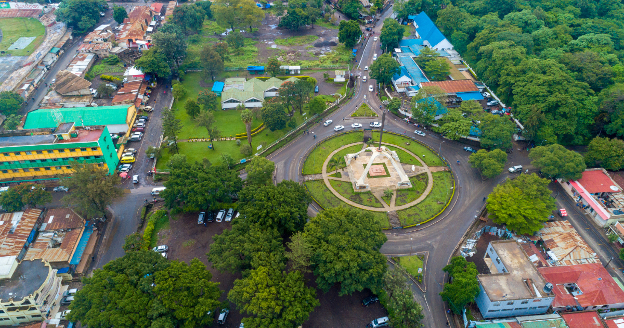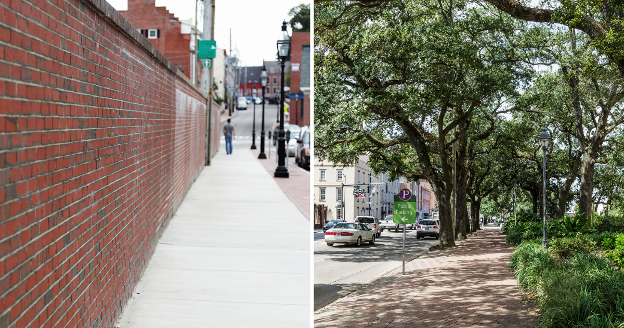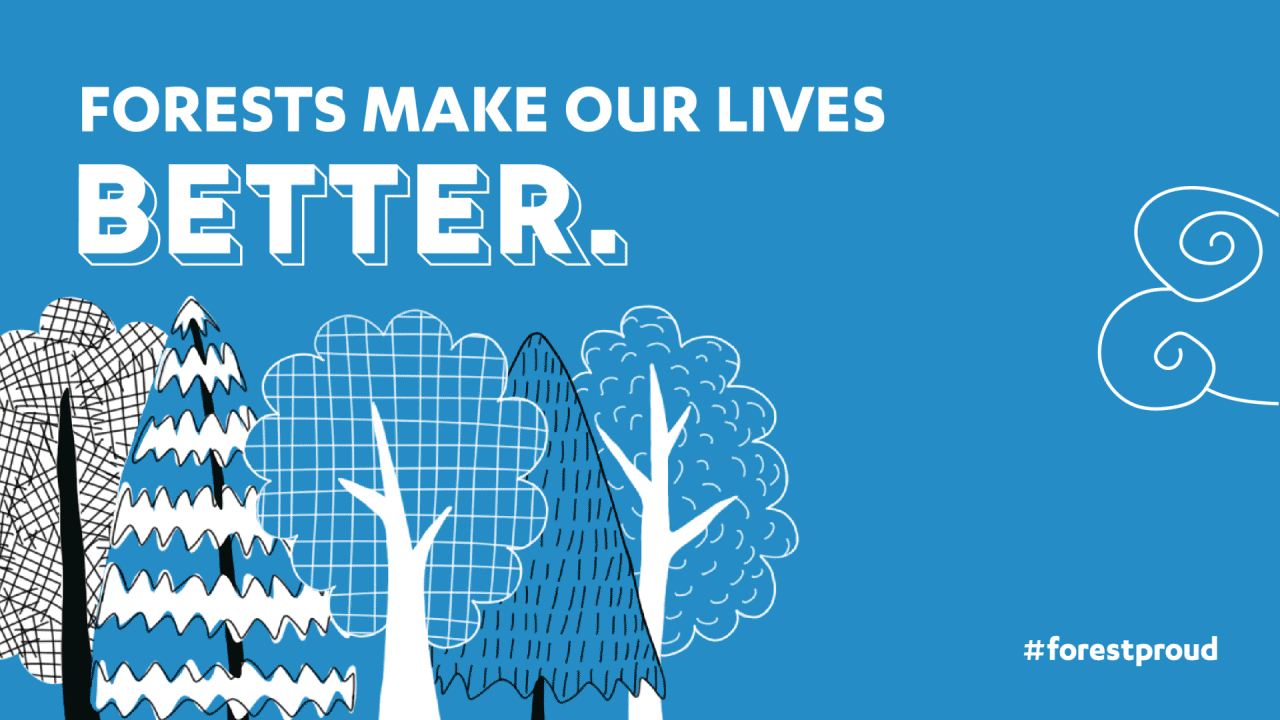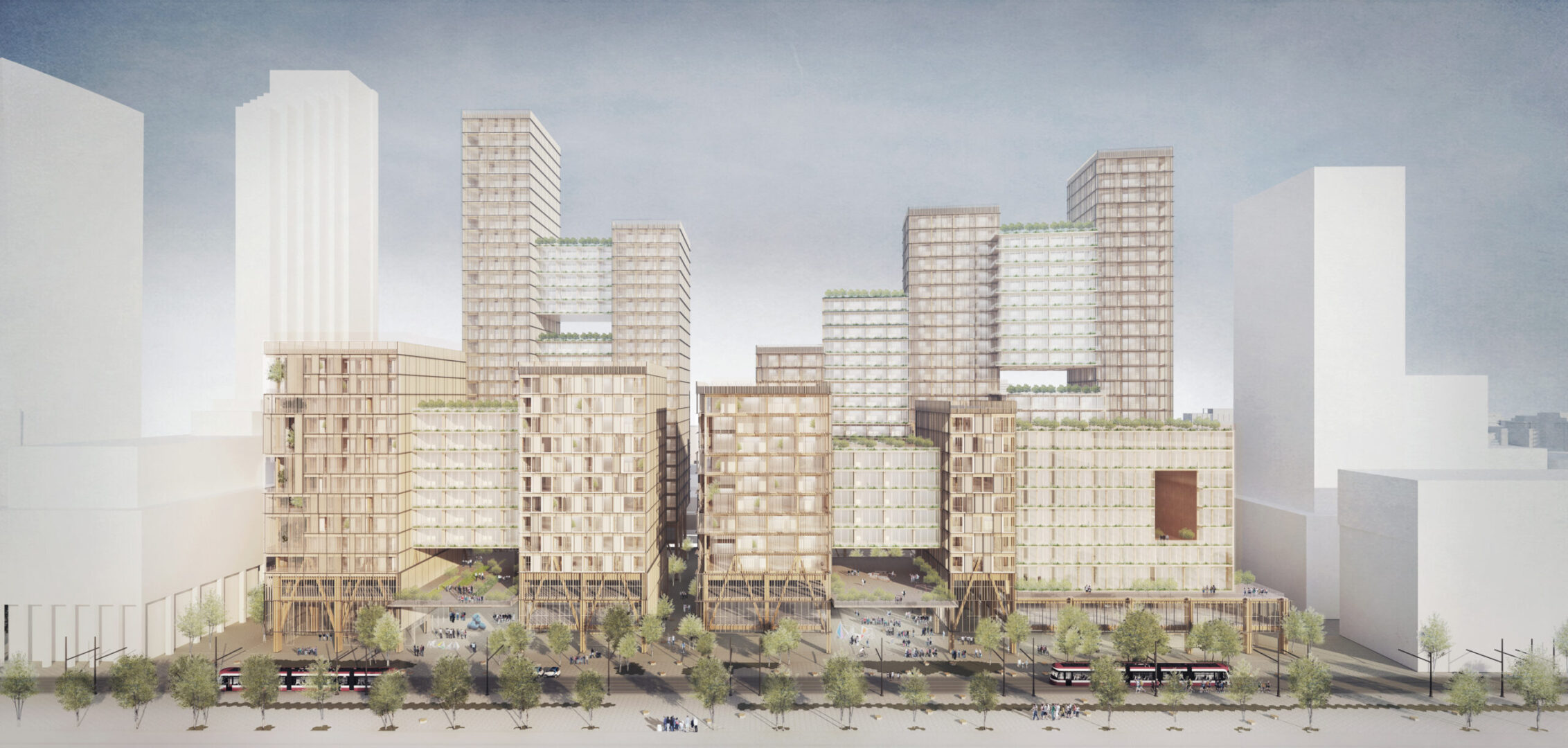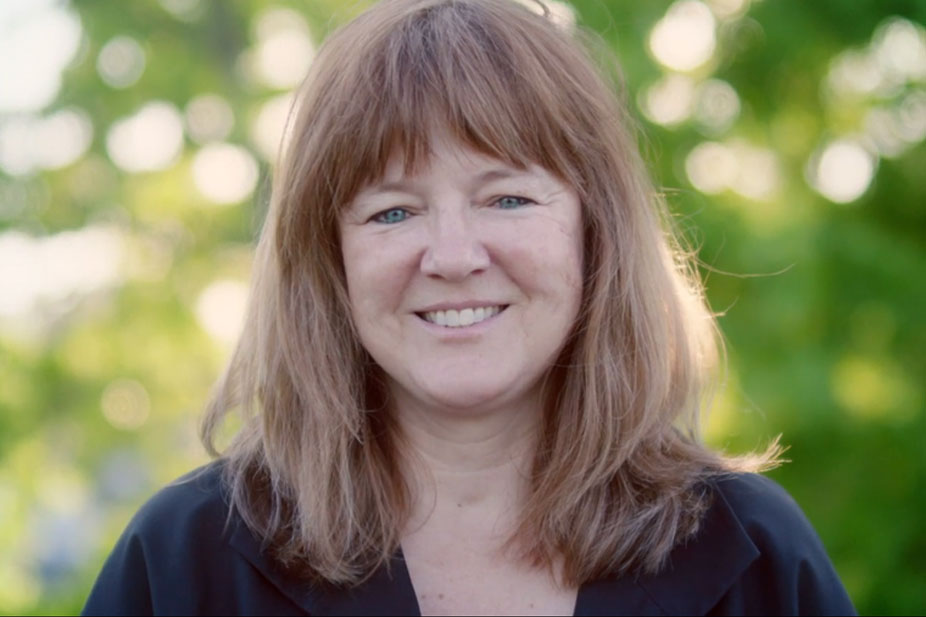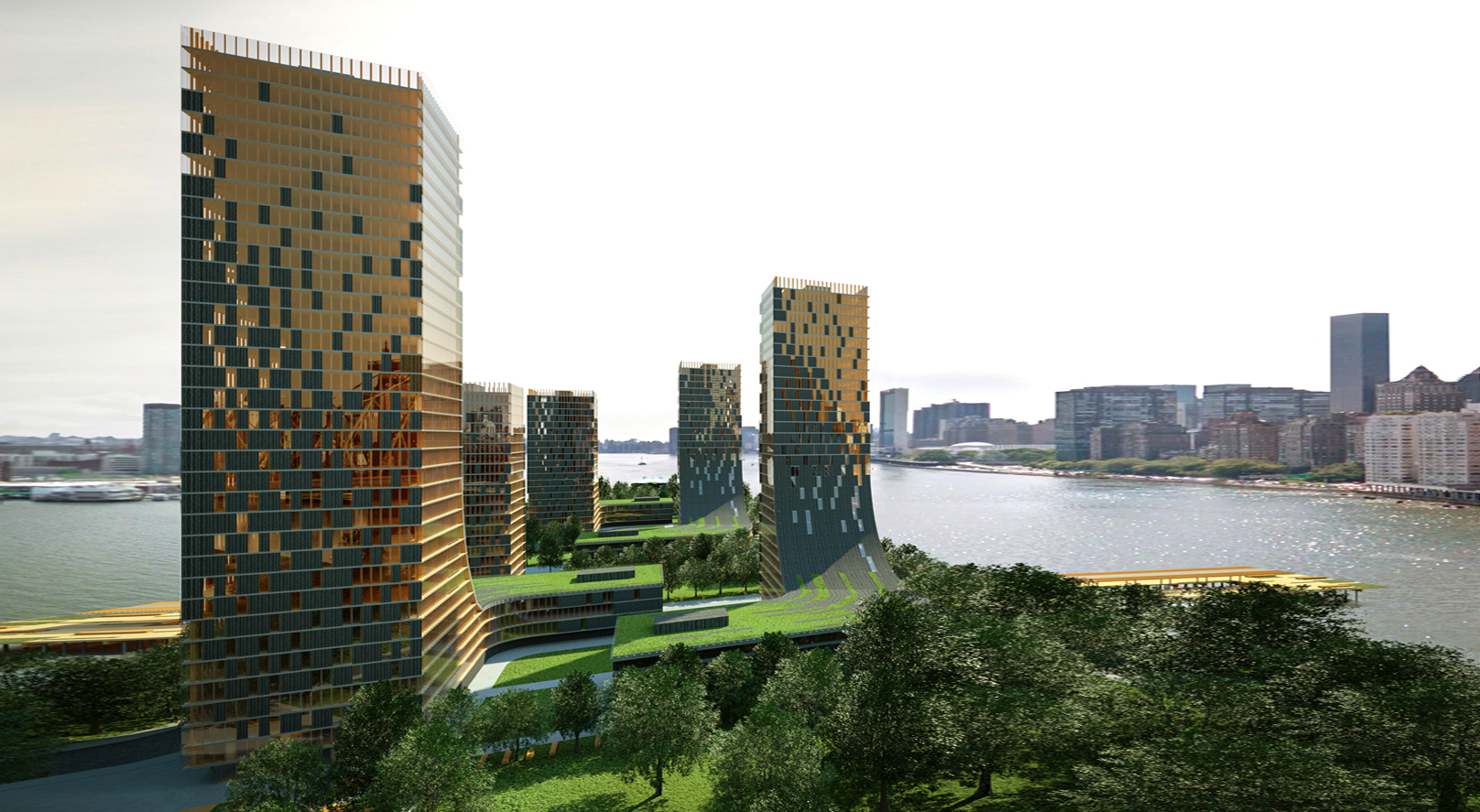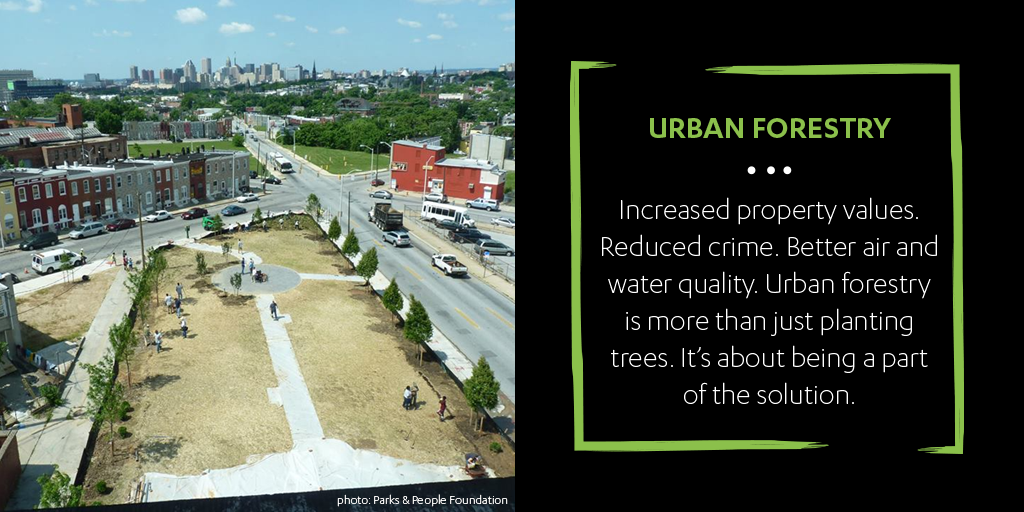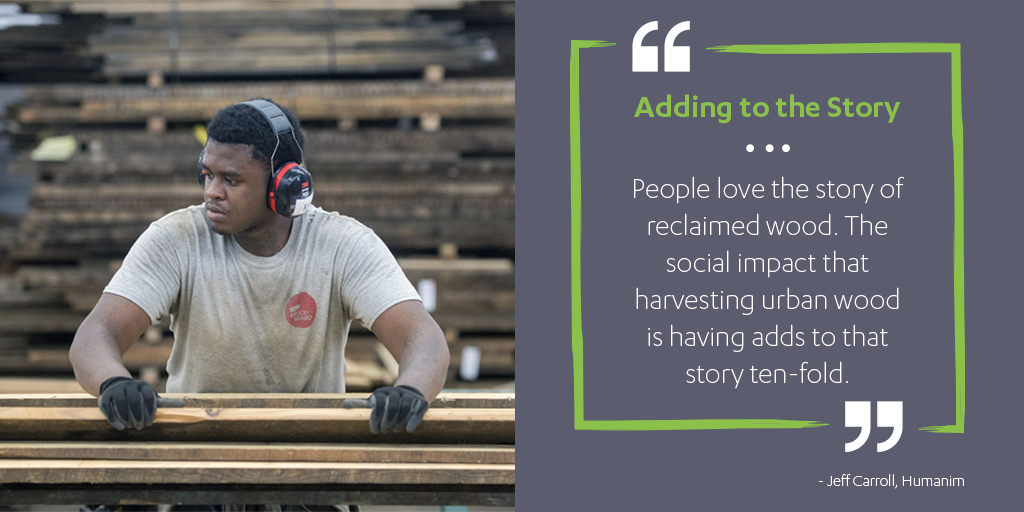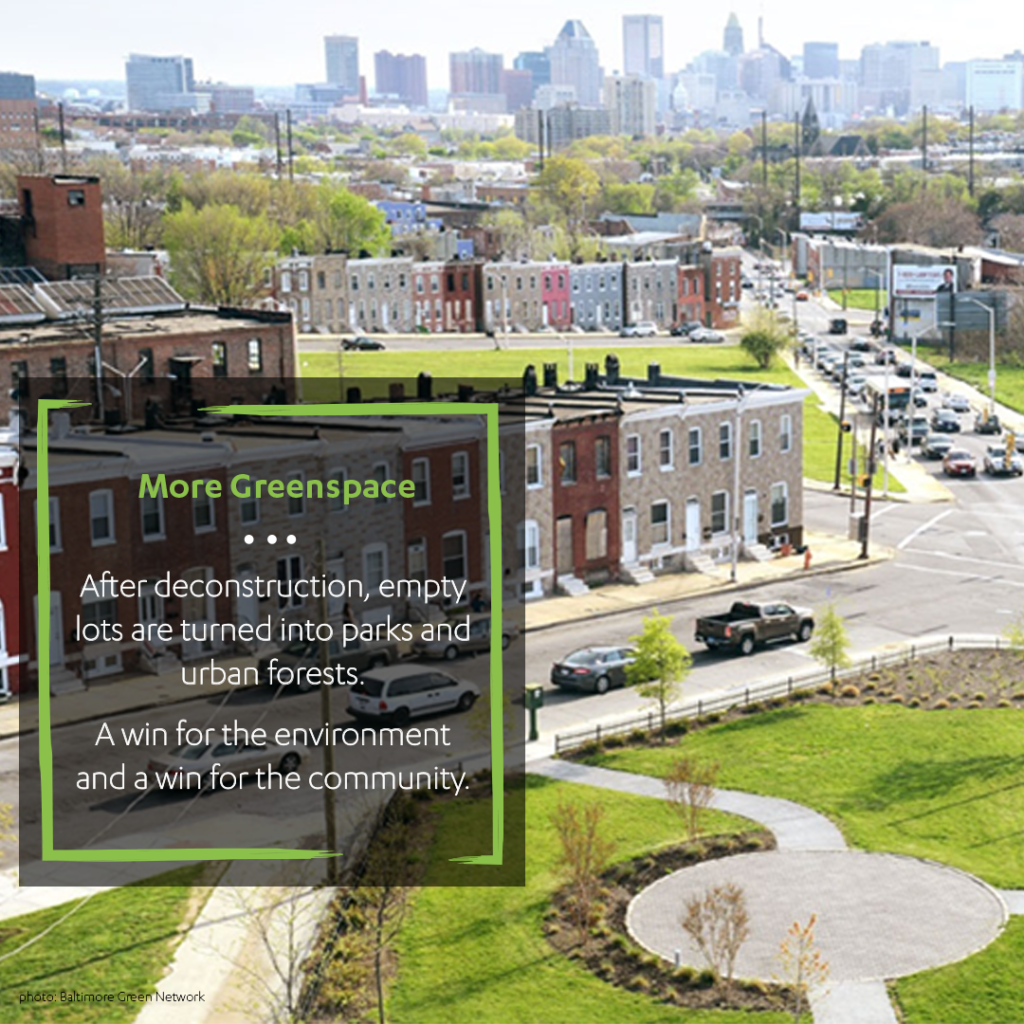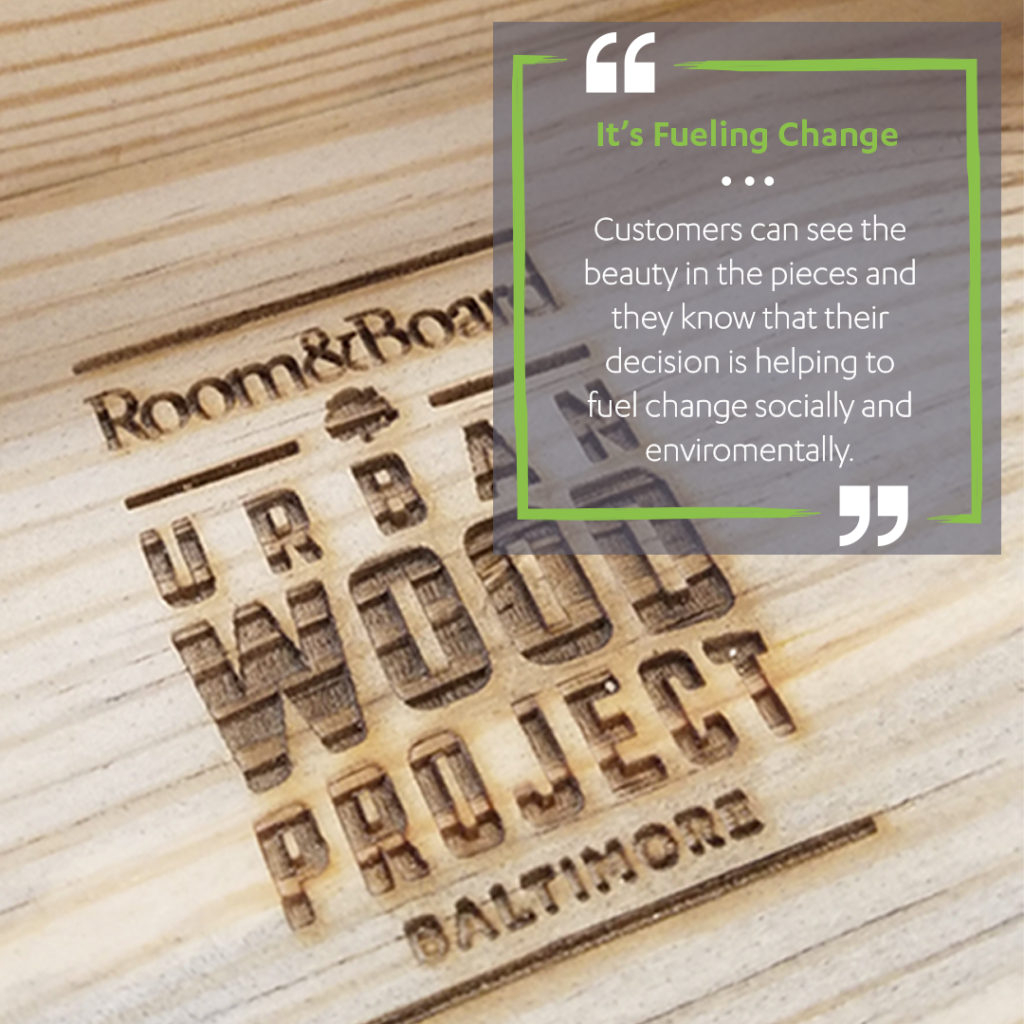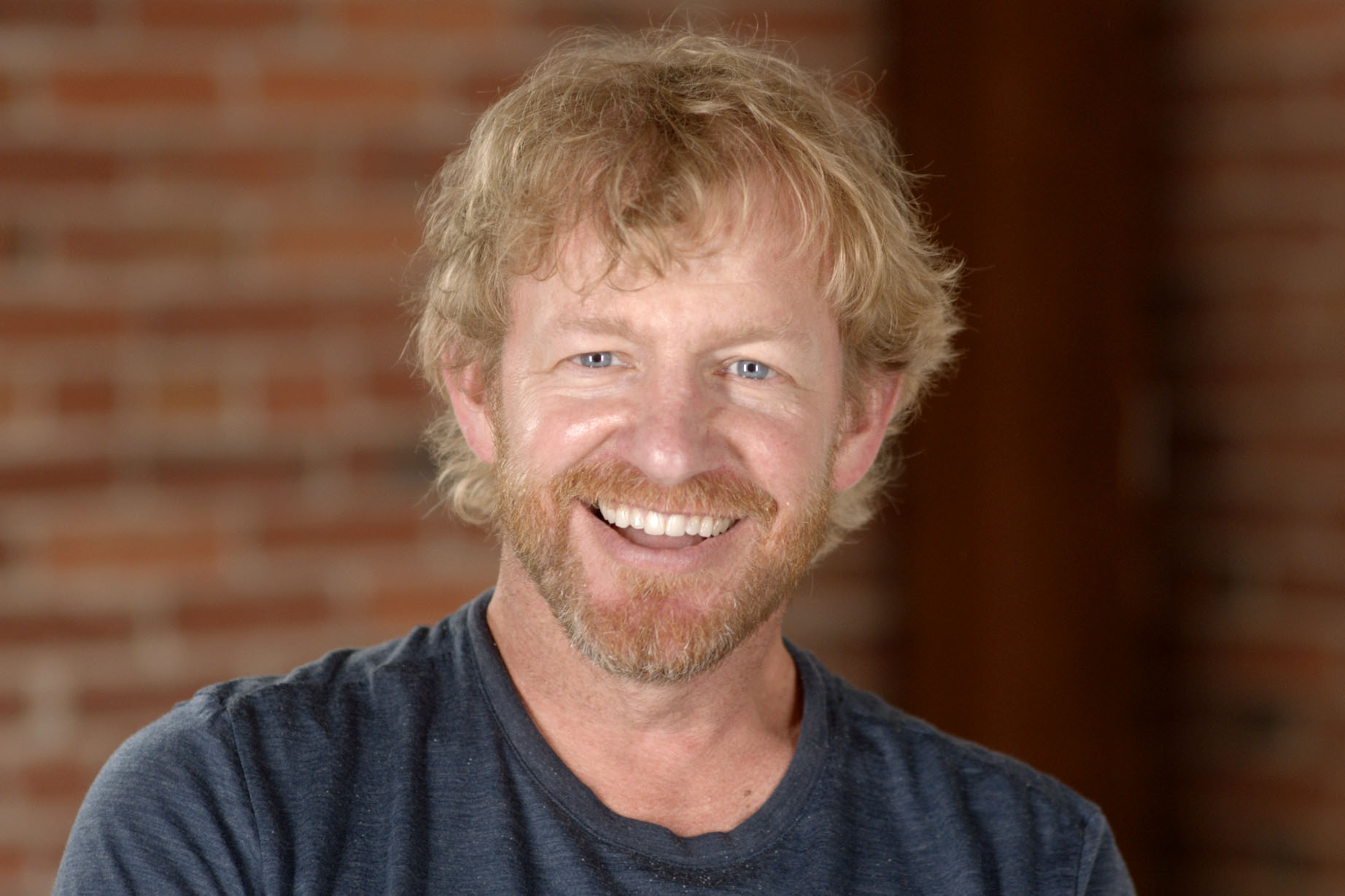Just add wood: a microscopic climate solution
To think big, we need to think small. Really small. Meet nanocellulose

Forests provide powerful climate solutions. As trees grow, they exchange oxygen for C02 and lock carbon away deep in their trunks, roots, and branches. But to fully understand the positive impact forests can have on our climate, we need to think smaller. Much smaller.
At a cellular level - one millionth the size of the head of a pin - are the microscopic building blocks of a tree. Cellulose is a basic building block of plant cells and is key to keeping plants and trees upright. (Think: those stringy bits in celery, but very, very small.) A single rod-like cellulose nanocrystal is the tiniest building block of wood. Each crystal is one hundred million times smaller than the head of a pin and can only be seen through a powerful scanning electron microscope. Nanocellulose – cellulose in its smallest microscopic form – has immense and untapped potential to create win-win solutions for people and planet.
We envision a unique and sustainable future with this tiny yet mighty material revolutionizing fabrication technology and reducing our dependance on fossil fuels and non-renewable materials. These tiny fibers are as strong as steel, but only one-fifth the weight. Adding this next-generation material to products ranging from concrete, fiberglass and automobile tires to plastics, packing foams and electronic components, researchers are imagining and producing unique solutions to reduce greenhouse gas emissions in things we rely on every day, all while developing new ways to support renewable, circular bio-economies.
When incorporated into other materials, nanocellulose lends incredible strength, requires less emissions-intensive material, and drives innovations that help design waste out of an already-efficient sustainable forest management cycle.
Because of their structures, nanocellulose materials also have a high rate of biocompatibility - meaning they can easily be added to, or combined with, other materials. In other words, we can take the climate powers of trees and add them to non-tree materials. They can be added to concrete and steel to make them stronger and lighter, and to plastics, clothing, and electronic components to make them infinitely more sustainable. As we collectively search for answers to climate change, nano-materials hold enormous potential in helping us make essential products stronger and more sustainable for people and planet.
Thankfully it’s happening not a nanosecond too soon.
The USDA Forest Service, Oregon State University, Siskiyou County, California, and the US Endowment teamed up to test a nanocellulose additive to concrete aimed at reducing greenhouse gas emissions. The Yreka Bridge shows how adding Cellulosic Nanocrystals to a concrete mix can reduce the amount of cement in a standard concrete mix. This reduction in cement saves a considerable amount of CO2 emissions, makes concrete lighter and more durable - and it also stores carbon in the concrete.
By adding nanocellulose to concrete, it’s possible to improve its strength and help shift an essential building material like concrete from being a carbon problem to a being a carbon solution. More at https://woodisthenewconcrete.com/
Want more science? Get the data here and here and here and here.
Film by Inland Film Co.

